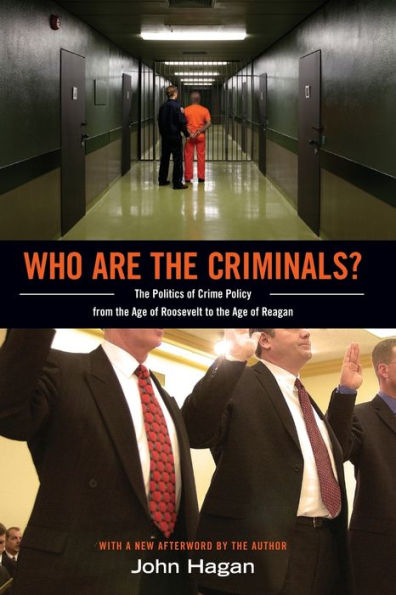5
1
9780691156156



Who Are the Criminals?: The Politics of Crime Policy from the Age of Roosevelt to the Age of Reagan available in Paperback, eBook

Who Are the Criminals?: The Politics of Crime Policy from the Age of Roosevelt to the Age of Reagan
- ISBN-10:
- 0691156158
- ISBN-13:
- 9780691156156
- Pub. Date:
- 08/26/2012
- Publisher:
- Princeton University Press
- ISBN-10:
- 0691156158
- ISBN-13:
- 9780691156156
- Pub. Date:
- 08/26/2012
- Publisher:
- Princeton University Press

Who Are the Criminals?: The Politics of Crime Policy from the Age of Roosevelt to the Age of Reagan
$29.95
29.95
In Stock

Product Details
| ISBN-13: | 9780691156156 |
|---|---|
| Publisher: | Princeton University Press |
| Publication date: | 08/26/2012 |
| Edition description: | With a New afterword by the author |
| Pages: | 328 |
| Sales rank: | 934,863 |
| Product dimensions: | 9.00(w) x 6.10(h) x 0.90(d) |
About the Author
What People are Saying About This
From the B&N Reads Blog

